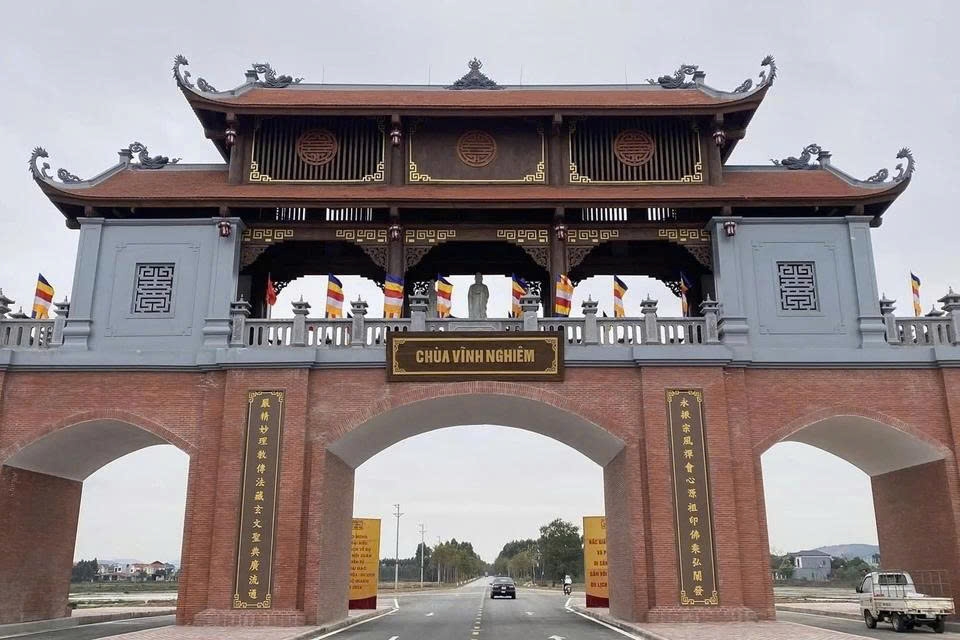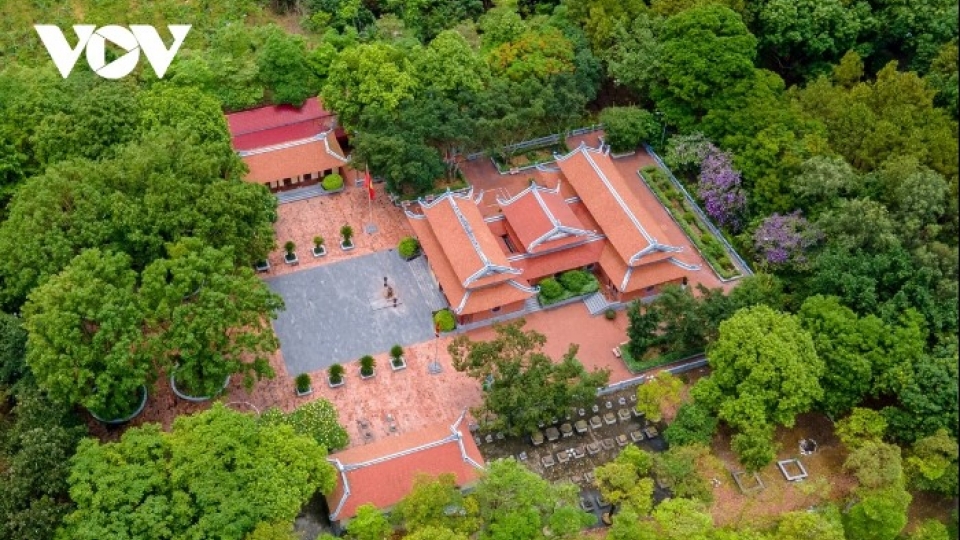UNESCO completes restoration of Typhoon Yagi-damaged heritage in Vietnam
VOV.VN - The United Nations Educational, Scientific and Cultural Organisation (UNESCO) has recently competed the restoration of three heritage sites damaged by Typhoon Yagi in September 2024 in Vietnam.

In a statement released on August 8, UNESCO said the three cultural heritage sites in urgent need of restoration were Nhi Chau Pagoda (formerly in Hai Duong province, now part of Hai Phong City), Vinh Nghiem Pagoda in Bac Giang province, and Trang communal house in Phu Tho province.
The organisation confirmed that the three structures had been urgently restored, ensuring the preservation of their historical structures and the continuity of local cultural practices.
This emergency heritage project reflects UNESCO’s commitment to safeguarding cultural heritage in the face of disasters, ensuring that recovery efforts are not only swift but also rooted in resilience and cultural continuity, said the organisation.
The project was carried out in Hai Duong, Phu Tho and Bac Giang from November 2024 to May 2025 by UNESCO, the Vietnamese Ministry of Culture, Sports and Tourism and the administrations of those provinces involved.
UNESCO noted that one of the project’s key objectives is capacity-building and preparedness for the future. Findings from the restoration surveys will lay the foundation for the development of the National Technical Guidelines for Emergency Response to Cultural Heritage.
In September 2024, Typhoon Yagi struck Vietnam with winds up to 213kmh, causing the most severe storm damage in the East Sea in 30 years. The disaster resulted in over 350 people dead or missing and displaced more than 100,000 individuals. Economic losses reached an estimated US$2 billion, with over US$309 million in damage to the culture and tourism sector alone.
In response, UNESCO mobilised support through the Heritage Emergency Fund (HEF) to assess and address urgent threats to cultural heritage. The initiative aimed to protect both tangible and intangible cultural assets and natural heritage across the affected provinces.





